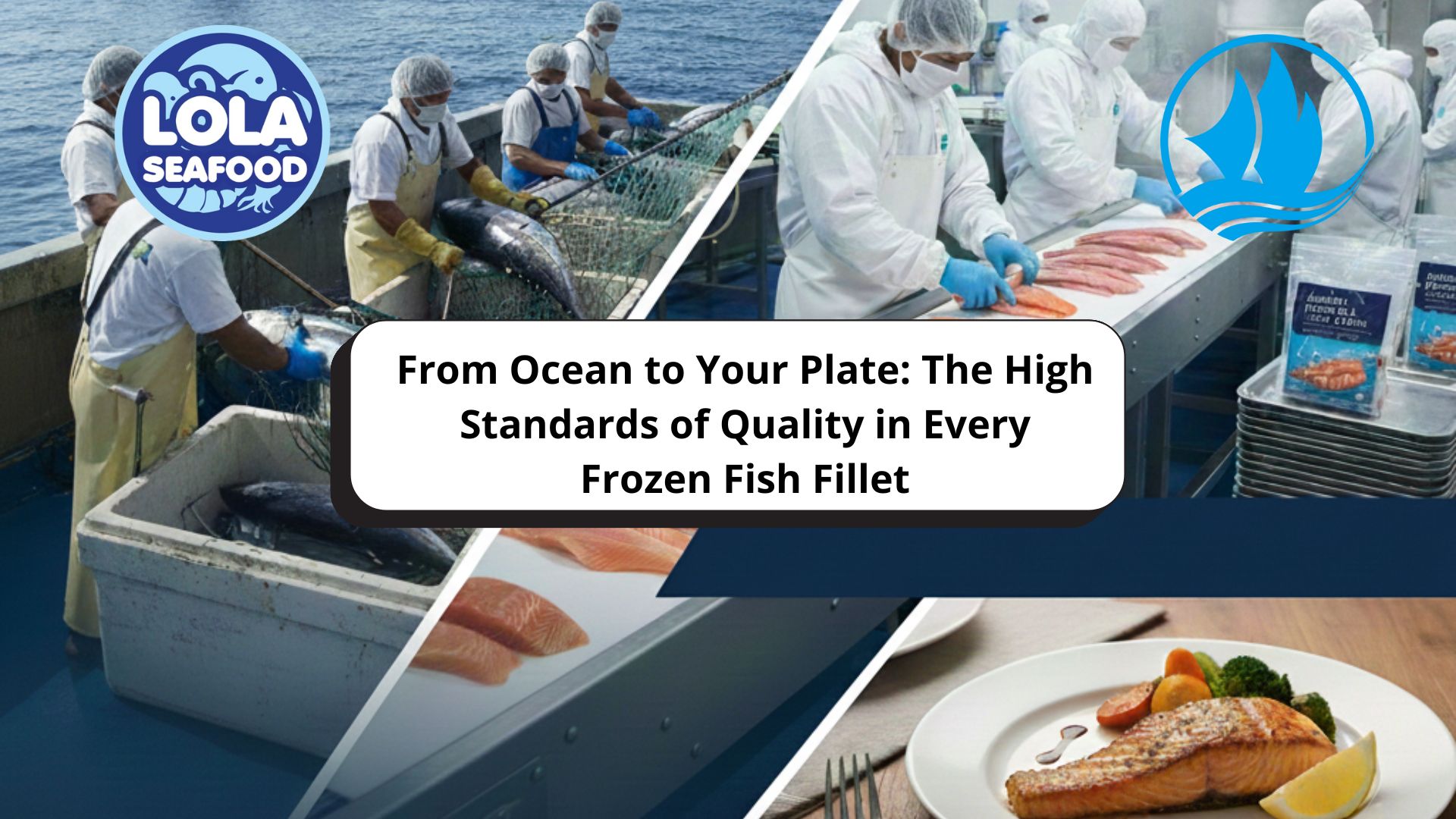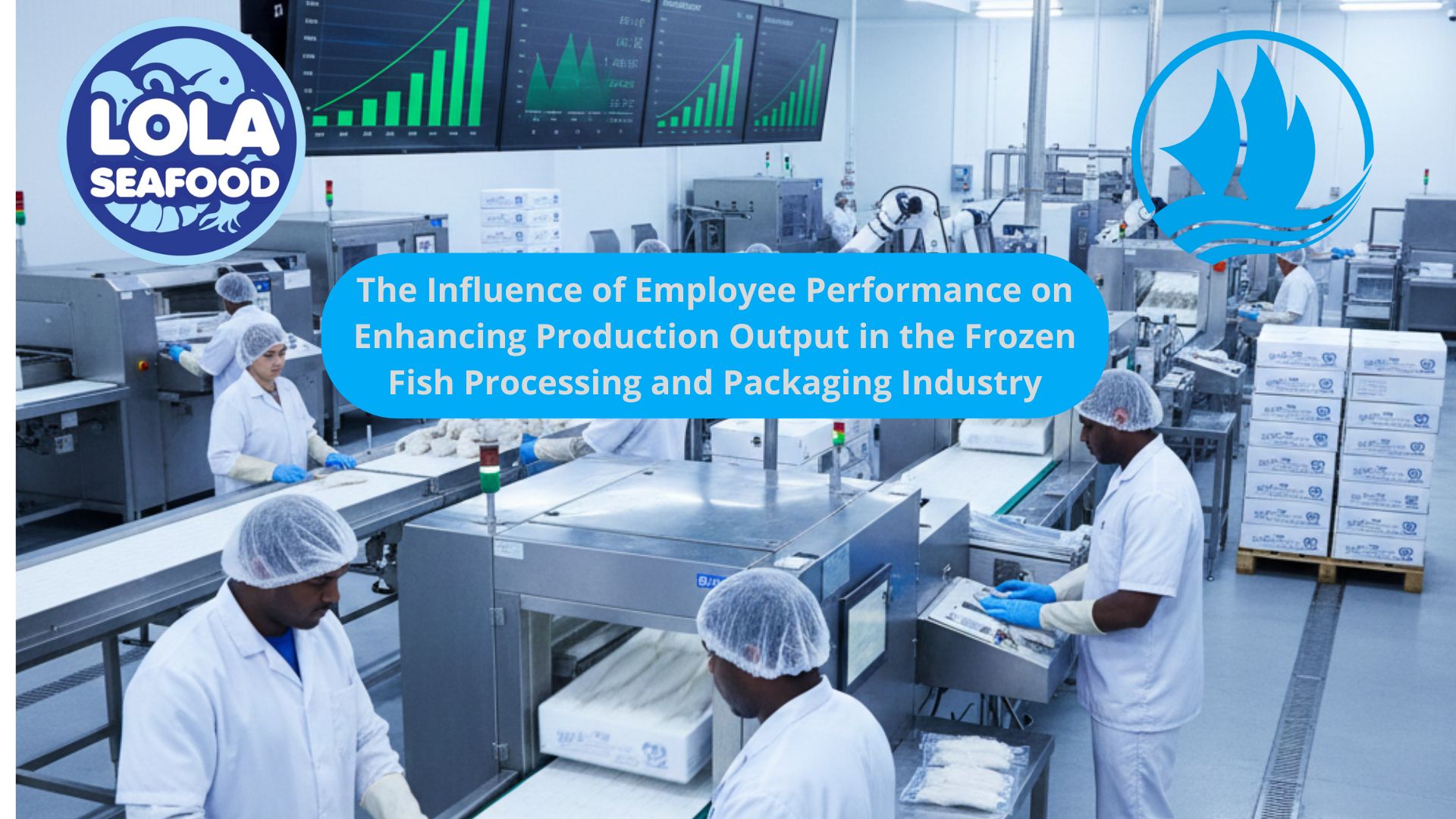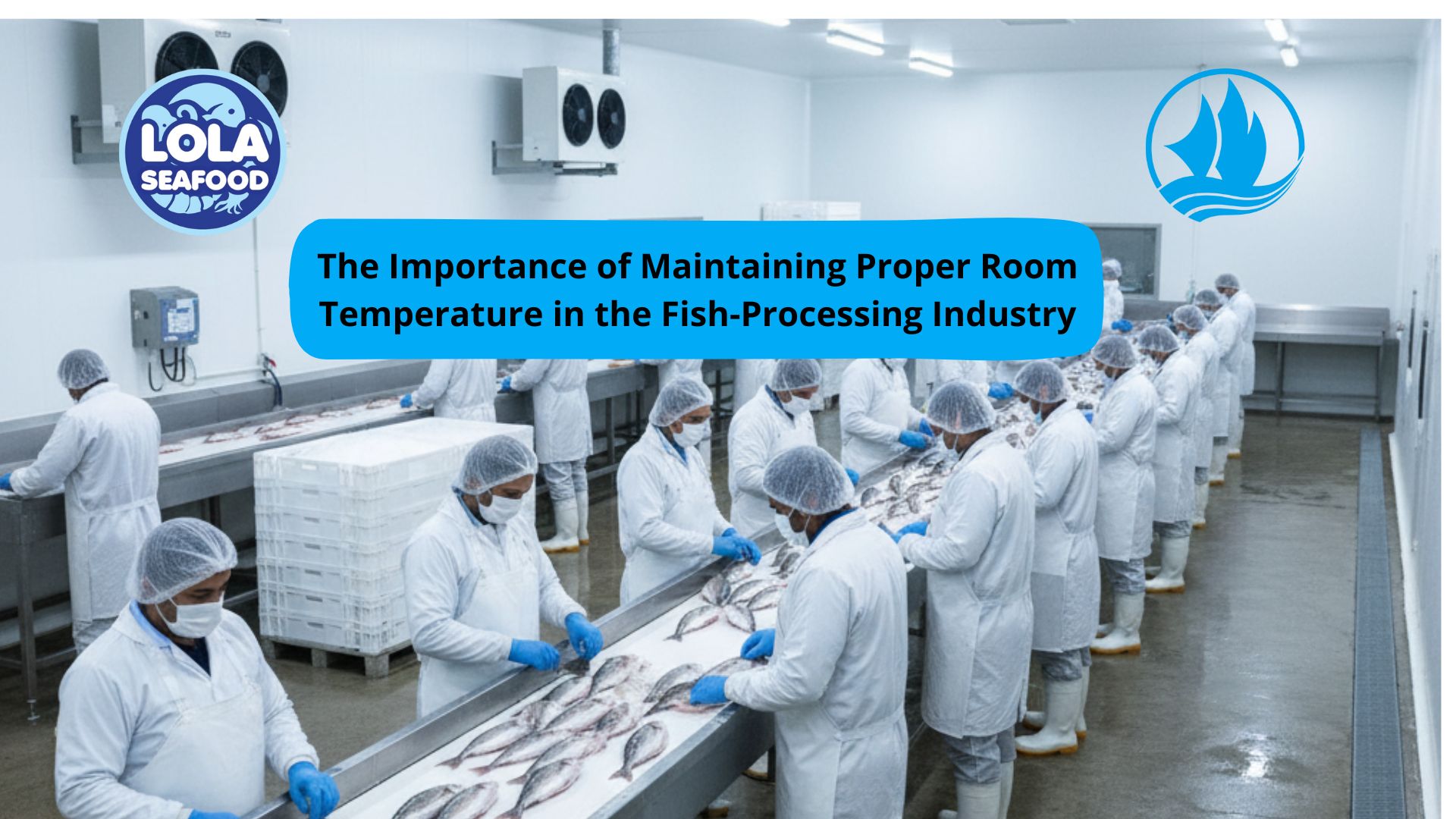Shark Species Under the Knife: Which Ones Dominate the Processing Industry?
By. Fajar - 19 Sep 2025.jpg)
Kelolalaut.com When people hear the word shark, the first thing that often comes to mind is fearsome predators patrolling the oceans. However, behind the scenes of the global seafood trade, sharks are also an important resource. In the fish processing industry, certain species of sharks are regularly harvested for their meat, fins, skin, and even cartilage. While not all sharks are equally valuable, some species dominate the industry due to their size, abundance, and meat quality.
This article takes a closer look at the shark species that are most commonly used in fish processing, why they are chosen, and the implications for sustainability.
1. Blue Shark (Prionace glauca)
The blue shark is one of the most widely distributed and frequently processed shark species in the world. Known for its slender body and bluish coloration, it is commonly found in temperate and tropical oceans.
- Why it’s used: Blue shark meat is often processed into fillets or dried products, and its fins are also highly valued in Asian markets.
- Industrial role: Because it is abundant and relatively easy to catch, it has become the “workhorse” of the shark processing industry.
2. Shortfin Mako (Isurus oxyrinchus)
The shortfin mako, famous for being the fastest shark in the ocean, also plays a significant role in fish processing plants.
- Why it’s used: Its meat is dense, lean, and considered high-quality compared to many other sharks.
- Industrial role: It is especially popular in markets that value shark steaks. However, its slow growth and low reproduction rates raise sustainability concerns.
3. Thresher Sharks (Alopias spp.)
Thresher sharks are easily recognized by their long, whip-like tails. While their unique tail is often admired, their meat and fins make them a target for the fishing industry.
- Why it’s used: The meat of thresher sharks is mild in flavor, making it suitable for various processing methods, from freezing to drying.
- Industrial role: Both the common thresher and bigeye thresher are frequently landed in industrial fisheries.
4. Spiny Dogfish (Squalus acanthias)
Although much smaller than the large pelagic sharks, the spiny dogfish has become one of the most important shark species in processing plants.
- Why it’s used: Its white, firm meat is often used as a substitute for cod in products like fish and chips.
- Industrial role: Dogfish are caught in huge numbers, especially in Europe and North America, to supply consistent raw materials for frozen and processed seafood products.
5. Blacktip Shark (Carcharhinus limbatus)
The blacktip shark, named for the dark markings on its fins, is another species that regularly enters the fish processing chain.
- Why it’s used: Its meat is versatile, and its fins are also valued.
- Industrial role: In regions like Southeast Asia and the Gulf of Mexico, blacktip sharks are a common catch that supports both local consumption and export markets.
6. Hammerhead Sharks (Sphyrna spp.)
Hammerheads are iconic due to their unusual head shape, but they are also among the species most targeted for their fins.
- Why it’s used: While their meat is considered of lower quality, their large fins are highly sought after in international trade.
- Industrial role: Their fins often end up in processing plants that cater to the global shark fin soup market.
Why These Species Dominate
Several factors explain why these species are dominant in fish processing:
- Abundance and Distribution – Species like the blue shark are widespread and relatively abundant, making them easier to supply.
- Meat Quality – Sharks such as mako and thresher provide meat with good texture and taste, suitable for steaks and processed products.
- By-Product Value – Even when the meat is not highly prized, fins, cartilage, and skin add economic value.
The Sustainability Dilemma
While the use of sharks in the processing industry is economically important, it comes with serious ecological consequences. Many shark species grow slowly, mature late, and produce few offspring. This means they are highly vulnerable to overfishing.
Organizations such as the FAO (Food and Agriculture Organization) and various NGOs are pushing for better monitoring and management of shark catches. Certification schemes and stricter trade regulations aim to ensure that processing industries do not drive shark populations to collapse.
Sharks such as the blue shark, shortfin mako, thresher sharks, spiny dogfish, blacktip shark, and hammerhead sharks are the backbone of the global shark processing industry. Each species plays a unique role in supplying meat, fins, and other by-products. However, the heavy reliance on these species also raises critical sustainability concerns.
For the industry to thrive without depleting shark populations, responsible fishing practices, international cooperation, and consumer awareness are essential. Otherwise, the very species that dominate today’s processing plants may become rare in tomorrow’s oceans.
If youre interested in our Corvina / Croaker / Jewfish Whole Round / Whole Gilled Gutted Scale , Corvina / Croaker / Jewfish Fillet Skin On and Corvina Fillet Skin Patch please do not hesitate to contact us through email and/or whatsapp




.jpg)

.jpg)

.jpg)